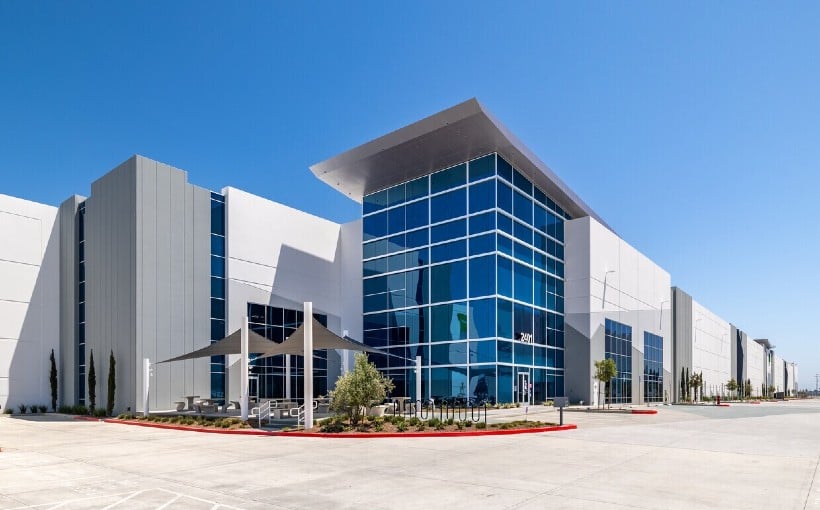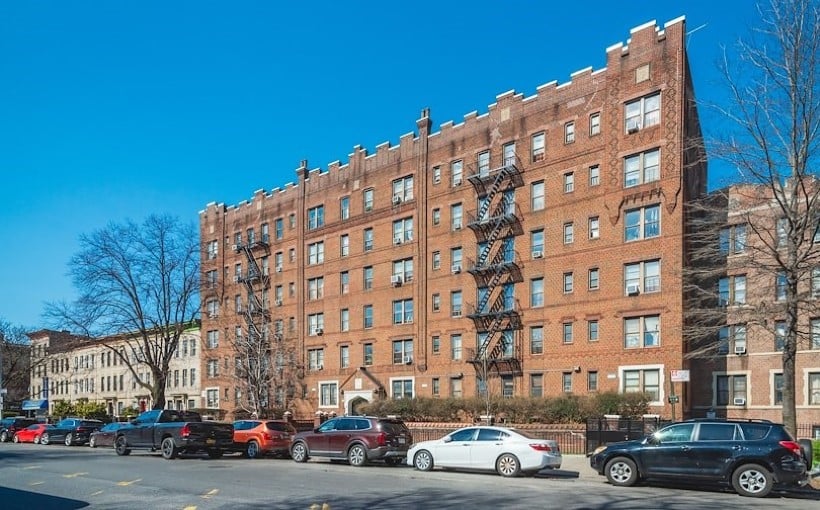The Southwest region of the U.S., spanning from Texas to California, has been a hot spot for real estate investment according to SVN’s first-quarter market report. The report delves into 11 major markets and their respective property types (office, industrial, retail and multifamily), highlighting key themes such as investors’ growing interest in opportunities outside of their own local markets.
To gain further insight on this trend, Connect CRE spoke with two regional experts at SVN: Cameron Irons, CEO & Managing Director of SVN | Vanguard in Southern California; and Perry Laufenberg, Managing Partner at SVN | Desert Commercial Advisors in Phoenix.
Q: What are some reasons behind investors crossing state lines for property purchases?
Cameron Irons: In California specifically, we’ve seen an increase in out-of-state multifamily investments due to rising government regulations and enforcement. Investors are finding higher returns outside the state amidst rent control laws and tenant rights legislation. Additionally,”Prop 19″ is eliminating certain tax protections for inherited properties which used to be a major incentive for holding onto California real estate.
Perry Laufenberg: Arizona has always attracted out-of-state buyers looking for lower prices and more favorable tax environments. This trend has only intensified since COVID-19 hit – particularly among Californian investors seeking alternative options.
Q: Are there any specific areas within the Southwest that have drawn more investor attention than others?
Irons: In Southern California specifically we’ve noticed increased activity towards neighboring states like Arizona or Nevada due to proximity. While Texas was once popular among investors it seems that rising prices have cooled interest along with concerns about high property taxes. We also see many individual investors relocating near family members which may influence their investment choices – recently Arkansas has emerged as a new destination.
Laufenberg:Lately there’s been significant interstate investment directed towards Sunbelt locations known for pro-business policies such as Arizona,Nevada,and Texas.Investors are always seeking higher returns and lower risks.
Q: Have any of the four main property types seen a shift in investor interest compared to previous years?
Irons: While multifamily investments used to be the top choice, we’ve noticed a change in this trend. The strict tenant protections in California have made investors consider alternative options. Many are now looking for low-maintenance investments like group investments with existing management or single-tenant NNN properties. On the other hand, investors interested in other property types tend to be more flexible and open to various opportunities.
Laufenberg: Recently there has been a decrease in transaction volume as markets adjust to new interest rates – however industrial properties continue attract significant investment dollars followed by retail due its low vacancy rates and increasing rents.
Q:The office sector is facing challenges for various reasons.What are some priorities among office investors today comparedto previous years?
Irons: In the past,cap rate was often one of themain factors driving buyers’ decisions.This made older buildings particularly attractive.However,today it seems that only renovated or fully occupied properties generate interest.The high costs associated with renovating and maintaining older buildings make them difficult long-term investment prospects.Many may need demolition for better land use.In reality,the rental growth on Class B & C offices has remained stagnant while expenses have skyrocketed.
Laufenberg: Officeinvestorsare searchingfor valuein suburbanmarkets.With rising tenant improvement costs,investors lookfor assets at lower prices per square foot.They must also factor significant improvements into their budget while remaining competitive with rental rates.If done correctly,this can still present great opportunities withintheoffice market.Pre-COVID,demand favored high-rise CBDproperties,butwith downtown attendance strugglingto return tonormal levels,much of that demandhas shifted towards suburbs instead.




